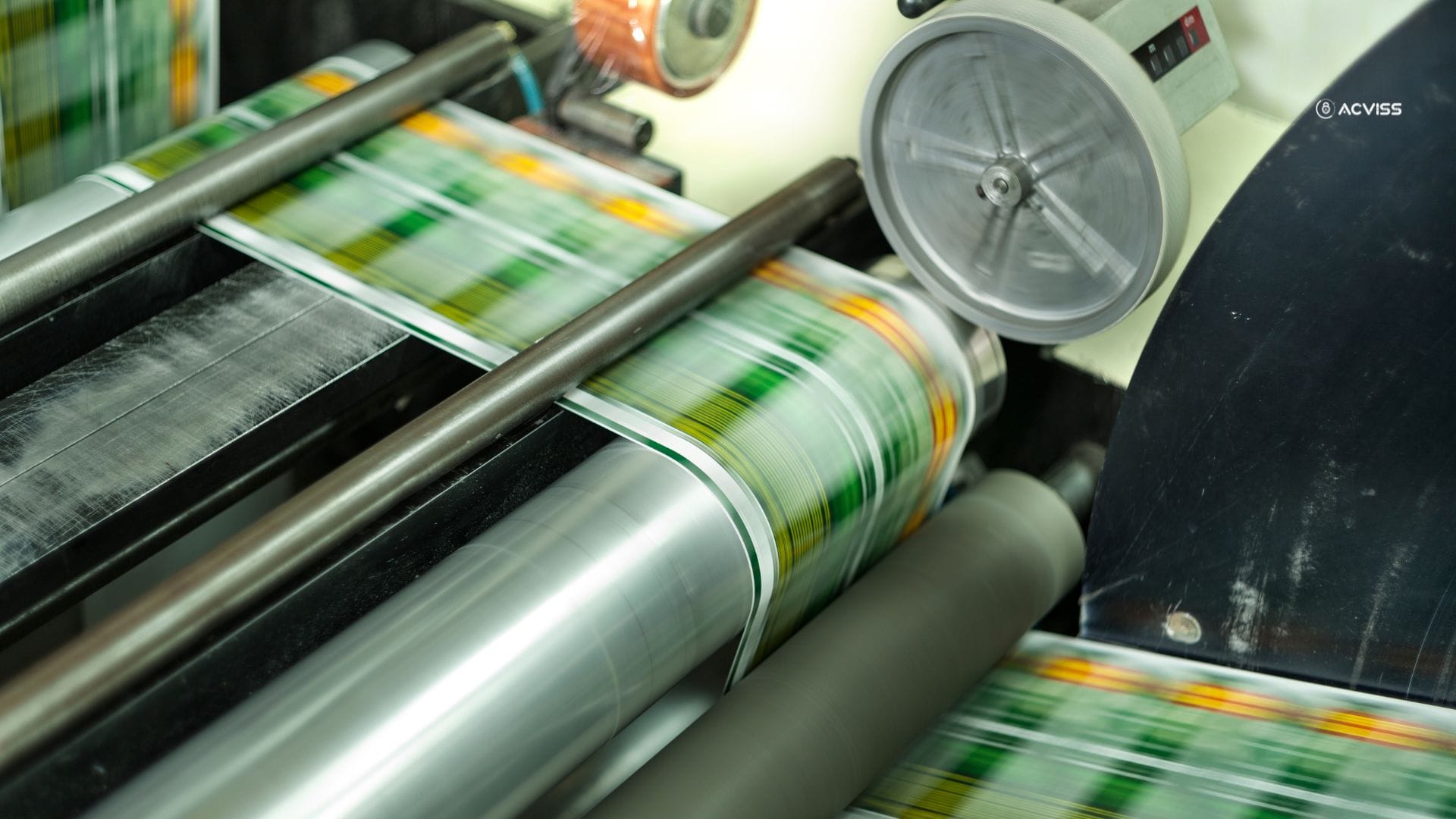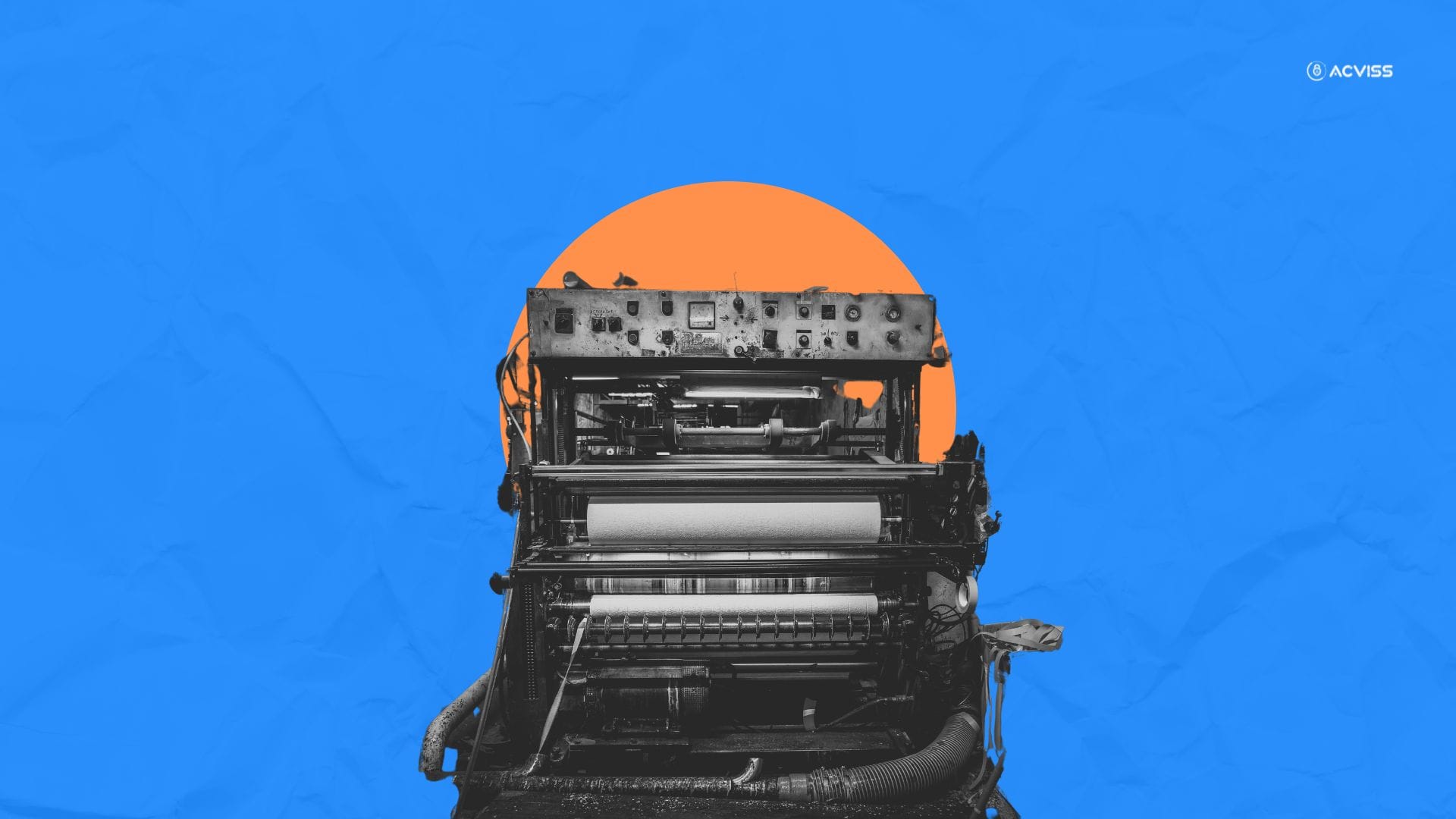Boosting Supply Chain Transparency and Traceability Through Inline Printing
Tracking and monitoring the supply chain is critical for manufacturing today. The rise in counterfeit products and inaccurate product details has led businesses to explore new technologies to address these challenges and safeguard consumers.
One key solution gaining traction is inline printing. But how does this technology contribute to improving supply chain visibility and product traceability?
Let’s explore how in-line printing works and the benefits it offers to businesses in terms of tracking and managing their products effectively.
How In-Line Printing Integrates with Track and Trace Solutions
In-line printing enables manufacturers to print important product information, such as batch numbers, serial codes, or barcodes, directly onto products during production. This real-time labelling system supports the seamless tracking of products, ensuring authenticity and compliance with safety standards.
Serialization and Barcoding for Real-Time Supply Chain Transparency.
One major advantage of in-line printing is the ability to serialize products by printing unique identifiers, such as serial numbers, barcodes, or batch codes, as they are being manufactured. This serialization allows products to be tracked at every stage of the supply chain, reducing the risk of lost or misidentified items.
For example, barcodes are a widely used tool in supply chain management to simplify product identification. With in-line printing, barcodes can be printed directly onto packaging, eliminating the need for additional labelling steps and saving significant time.
Use of QR Codes, RFID, and Anti-Counterfeiting Labels
In-line printing can also print QR codes, RFID tags, and anti-counterfeiting labels directly during production. Track and trace solutions like Origin combine blockchain and QR codes to protect the product and track them throughout the supply chain. QR codes provide instant access to product information, such as the origin and manufacturing date, with a simple smartphone scan. This transparency benefits both consumers and retailers, ensuring full visibility of a product’s journey from production to purchase.
Similarly, RFID tags add an extra layer of security and traceability, enabling products to be tracked at any point in the supply chain. Anti-counterfeiting labels, using special inks or holograms, help protect brands from tampering or counterfeit attempts, further boosting consumer trust.
In-Line Printing vs. Pre-Printed Labels: Which is Better?

Manufacturers often face the decision of whether to use inline printing or pre-printed labels. Each method has its advantages, depending on the specific needs of the production process.
In-Line Printing: Pros and Cons
Pros:
- Real-time flexibility: Instant updates to printed information, ideal for short production runs or frequently changing data.
- Cost-effectiveness for variable data: No need to maintain stock of pre-printed labels, reducing waste and saving costs.
- Automated integration: In-line printing works seamlessly with automated production lines, improving efficiency.
Cons:
- Upfront costs: Setting up an in-line printing system requires investment in equipment and technology.
- Maintenance: Regular upkeep of the printing systems is necessary, especially in high-volume production environments.
Pre-Printed Labels: Pros and Cons
Pros:
- Ease of implementation: Pre-printed labels are simple to use and do not require advanced technology.
- Cost-effective for static data: Ideal for large production runs where the printed information remains unchanged.
- No equipment needed: Eliminates the need for on-site printing machines.
Cons:
- Limited flexibility: Pre-printed labels cannot be modified once produced, making last-minute changes difficult.
- Inventory management challenges: Managing large quantities of pre-printed labels can be complicated, especially when product information changes.
Use Cases for Each Technology

In-Line Printing
Pharmaceutical Industry: In-line printing is crucial for printing batch numbers, expiration dates, and unique serial codes on packaging, ensuring compliance with regulations and accurate tracking of medicines.
Food and Beverage Industry: In-line printing allows real-time printing of expiration dates, batch codes, and ingredient lists, ensuring traceability from production to the consumer.
Pre-Printed Labels
Retail Industry: Pre-printed labels are commonly used for barcodes, prices, and promotional information, ensuring consistency across large volumes of products.
Logistics and Shipping: Pre-printed labels with tracking numbers, logos, and handling instructions streamline the identification and management of packages during transit.
Pivotal for Brand Protection
In-line printing plays a vital role in enhancing supply chain visibility by printing essential tracking information in real-time. It provides flexibility, cost savings, and increased traceability, especially for industries where product authentication and security are key concerns.
However, pre-printed labels remain a reliable option for manufacturers dealing with static data and consistent labelling requirements. Ultimately, the choice between in-line printing and pre-printed labels depends on the specific needs of the manufacturing process, including production complexity and traceability requirements. Considering these factors, businesses can make the most suitable choice for their supply chain operations.
Interested in learning more about inline printing and securing your products in the supply chain? Get in touch with us and get your product protected with Acviss's AI and blockchain-powered solutions today!

